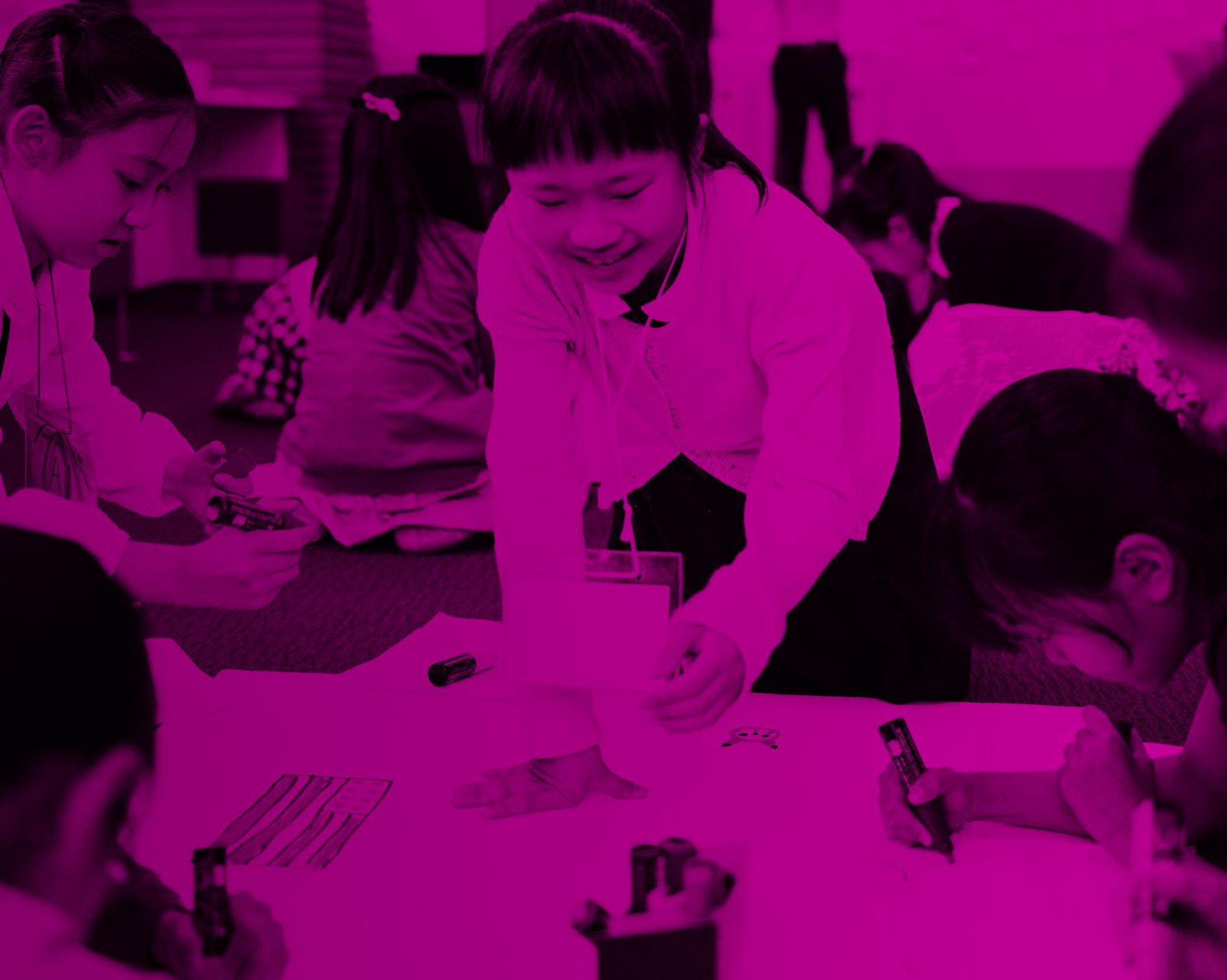“95% are sleep deprived; 77% experience stress-related health symptoms; 63% are constantly worried about academics; 62% say workload is a major source of stress; and 47% are disengaged or simply ‘doing school’”. https://challengesuccess.org/
SEL is essential to learning because it encourages self-acceptance, stress monitoring, emotional intelligence, and self-advocacy.
There is dedicated time for SEL every week to foster a sense of empathy, self-awareness, and feelings of safety and inclusiveness in the classroom.
In the Early Learning Center, we use the ELLI (the Effective Lifelong Learning Inventory) standards, and to make it easy, each one is represented by an animal: The Cat = Curiosity; The Spider = Making Connections; The Chameleon = Changing and Learning; The Tortoise = Resilience; The Owl = Strategic Awareness; The Unicorn = Creativity; The Bee = Learning Relationships; The Yeti = Growth Mindset.
In the Lower School, we use the Toolbox Project to teach 12 tools, strategies, and skills—building a critical foundation for personal wellness in relationships and academics: Breathing, Quiet Safe-Space, Listening, Personal Space, Using Our Words, Garbage Can, Taking Time, Please and Thank You, Apology and Forgiveness, Patience, Courage.
In the Upper School, we use Wayfinder to focus on a sense of belonging and purpose to build competencies.
SEL implementation started with stand-alone classroom lessons and are now woven into the fabric of the school’s curriculum and school culture. When an example of resilience is demonstrated in a Kindergarten read aloud, the teachers easily tie it back to the example of the ELLI tortoise. When an elementary student shows courage by speaking in front of the assembly, they are acknowledged for this Toolbox tool explicitly. When an upper school student is connected to an academic enrichment group or to a mentorship, we are encouraging a sense of purpose in the world.
“All students should be valued for their own interests, unique talents, and individual definitions of success. They shouldn’t have to choose between doing well and being well.” https://challengesuccess.org/
Learn about our approach by researching the resources we use, and visiting the school to see the model in action.
https://www.tasisportugal.org/academics/sel
https://elli.global/
https://toolboxproject.com/
https://www.withwayfinder.com/
https://www.apertureed.com/products/dessa


